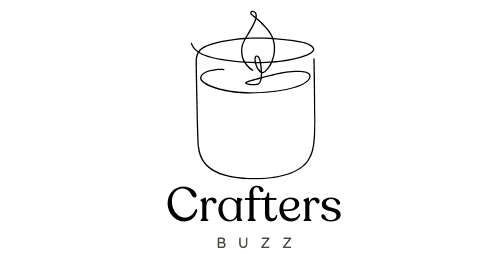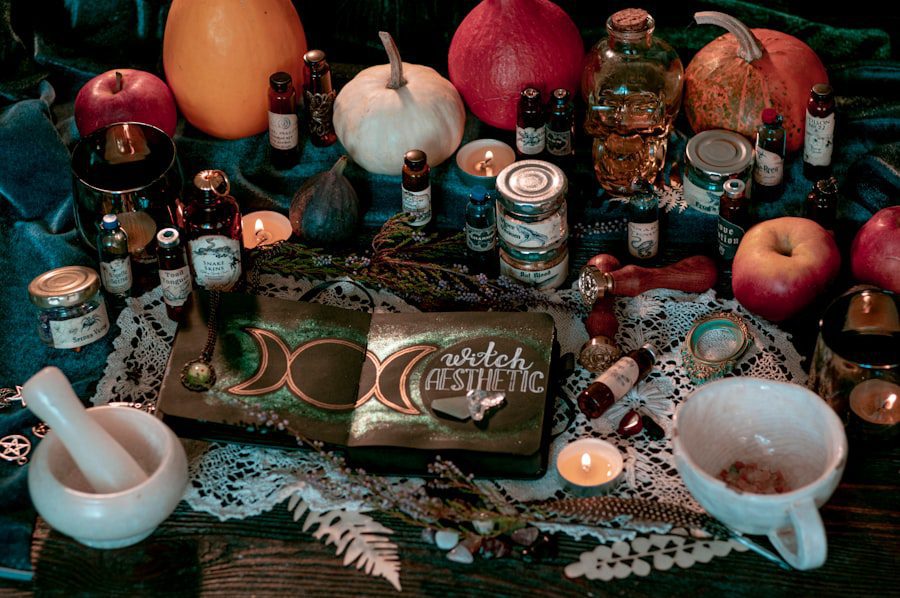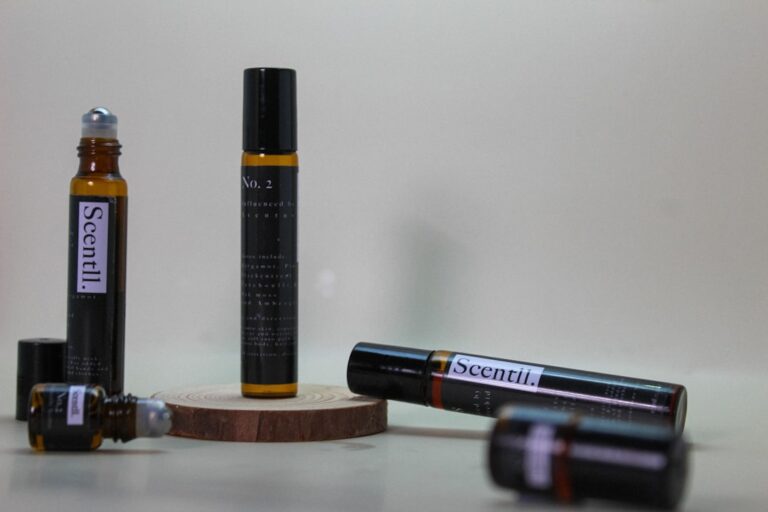Which waxes perform best in terms of fragrance throw and why.
Fragrance throw is a critical aspect of candle making and wax melts, influencing the overall sensory experience of the consumer. It refers to the ability of a wax to disperse scent into the surrounding environment when heated. This phenomenon is essential for creating an inviting atmosphere, whether in a home, office, or any other space where candles or wax melts are used.
The effectiveness of fragrance throw can vary significantly depending on the type of wax used, the fragrance oils incorporated, and the method of production. Understanding how different waxes interact with fragrance oils is vital for both amateur and professional candle makers aiming to achieve optimal scent diffusion. The science behind fragrance throw involves several factors, including the melting point of the wax, its molecular structure, and how it binds with fragrance oils.
When a candle is lit or a wax melt is heated, the wax melts and releases the fragrance oils into the air. The efficiency of this process can be influenced by the wax’s ability to hold and release these oils. Therefore, selecting the right type of wax is crucial for achieving a desirable scent throw.
In this article, we will explore various types of waxes commonly used in candle making, examining their characteristics and performance in terms of fragrance throw.
Characteristics of waxes that affect fragrance throw
Texture and Density: The Absorption and Retention of Fragrance Oils
The texture and density of the wax also play a significant role in how fragrance oils are absorbed and retained within the wax matrix. The density of the wax can influence how easily fragrance oils are released when heated, with denser waxes potentially inhibiting scent release.
The Impact of Chemical Composition on Fragrance Release
The chemical composition of the wax is another important characteristic that affects fragrance release. Natural waxes, such as soy and beeswax, have different molecular structures compared to synthetic options like paraffin. These structural differences can affect how well fragrance oils bind to the wax and how easily they are released when heated.
Optimizing Fragrance Throw in Candle Making
Understanding these characteristics is essential for candle makers who wish to optimize their products for maximum fragrance throw. By selecting the right wax and considering its melting point, texture, density, and chemical composition, candle makers can create products that provide a strong, consistent fragrance release.
Soy wax and its performance in fragrance throw
Soy wax has gained popularity in recent years due to its eco-friendly nature and excellent performance in fragrance throw. Derived from soybeans, this natural wax is biodegradable and renewable, making it an attractive option for environmentally conscious consumers. One of the standout features of soy wax is its ability to hold a significant amount of fragrance oil—typically around 10-12%—without compromising its structural integrity.
This high fragrance load contributes to a robust scent throw when the candle is burned or melted. In terms of performance, soy wax tends to have a moderate melting point, which allows it to melt evenly and release fragrance effectively. The smooth texture of soy wax also aids in the even distribution of scent throughout the candle.
However, it is worth noting that soy wax can sometimes produce a weaker cold throw compared to other types of waxes; that is, the scent may not be as pronounced when the candle is unlit. Nevertheless, once lit, soy candles often deliver a satisfying hot throw that fills a room with fragrance. Additionally, soy wax blends well with various fragrance oils, allowing for a wide range of scent profiles.
Paraffin wax and its performance in fragrance throw
Paraffin wax has long been a staple in the candle-making industry due to its affordability and versatility. As a byproduct of petroleum refining, paraffin is a synthetic wax that offers excellent scent throw capabilities. One of its key advantages is its ability to hold a high percentage of fragrance oil—often up to 15-20%—which can result in an intense hot throw when burned.
This characteristic makes paraffin an appealing choice for those seeking strong fragrances that can permeate larger spaces. The melting point of paraffin wax varies depending on its specific formulation but generally falls within a range that allows for quick melting and efficient scent release. This rapid melting contributes to an immediate hot throw once the candle is lit.
However, paraffin does have some drawbacks; it is not biodegradable and can produce soot when burned improperly. Additionally, some consumers are increasingly concerned about the environmental impact of petroleum-based products, leading them to seek out more sustainable alternatives like soy or beeswax.
Beeswax and its performance in fragrance throw
Beeswax is another natural option that has garnered attention for its unique properties and performance in fragrance throw. Produced by honeybees, beeswax has a higher melting point than both soy and paraffin waxes, typically ranging from 144°F to 147°F (62°C to 64°C). This higher melting point means that beeswax candles take longer to melt and may require more time to release their fragrances fully.
However, once they do melt, beeswax has an impressive ability to produce a warm, subtle scent that many find appealing. One notable characteristic of beeswax is its natural honey-like aroma, which can enhance or complement added fragrances rather than overpower them. This quality makes beeswax an excellent choice for those who prefer more delicate scents or wish to create a calming atmosphere without overwhelming olfactory senses.
Additionally, beeswax has natural air-purifying properties; it releases negative ions when burned, which can help neutralize pollutants in the air. While beeswax may not have as strong a hot throw as paraffin or soy wax, its unique qualities make it a favored choice among those seeking natural alternatives.
Coconut wax and its performance in fragrance throw
Coconut wax is an emerging player in the candle-making industry, known for its creamy texture and excellent scent throw capabilities. Derived from coconut oil, this natural wax has gained popularity due to its sustainability and eco-friendliness. One of the most significant advantages of coconut wax is its ability to hold a high percentage of fragrance oil—often around 10-15%—which contributes to an impressive hot throw when burned.
The molecular structure of coconut wax allows it to bind well with fragrance oils, ensuring that scents are released evenly throughout the burn. Coconut wax also boasts a lower melting point compared to many other types of waxes, which facilitates quicker melting and scent release. This characteristic makes it particularly appealing for those who want an immediate fragrance experience upon lighting their candles.
Additionally, coconut wax has a smooth finish that enhances the overall aesthetic appeal of candles. However, it is often blended with other types of waxes—such as soy or paraffin—to improve its performance further and achieve desired characteristics like hardness or burn time.
Blended waxes and their performance in fragrance throw
Blended waxes have become increasingly popular among candle makers as they combine the best attributes of different types of waxes to optimize performance in fragrance throw. These blends often include combinations of natural and synthetic materials, allowing for greater flexibility in achieving desired scent profiles and burn characteristics. For instance, a blend of soy and paraffin can provide the eco-friendliness associated with soy while also benefiting from the strong scent throw typical of paraffin.
The performance of blended waxes in terms of fragrance throw can vary widely based on their specific formulations. Some blends are designed specifically for enhanced scent diffusion, allowing for higher fragrance loads without compromising burn quality or appearance. Candle makers often experiment with different ratios to find the perfect balance between scent strength and burn time.
Additionally, blended waxes can help mitigate some drawbacks associated with individual types; for example, combining beeswax with coconut or soy can enhance scent throw while maintaining natural qualities.
Conclusion and recommendations for choosing the best wax for fragrance throw
When selecting the best wax for optimal fragrance throw, several factors should be considered based on individual preferences and goals. For those prioritizing sustainability and natural ingredients, soy or beeswax may be ideal choices due to their eco-friendly properties and unique scent profiles. Soy offers excellent hot throw capabilities while being easy to work with; beeswax provides subtle aromas along with air-purifying benefits.
On the other hand, if strong scent diffusion is paramount, paraffin or blended waxes may be more suitable options due to their high fragrance load capacities and immediate hot throws. Paraffin remains a popular choice for those seeking intense fragrances that fill larger spaces quickly. Blended waxes offer versatility by combining various characteristics from different types of waxes.
Ultimately, understanding how each type of wax interacts with fragrance oils will empower candle makers to create products that meet their specific needs while delivering an exceptional sensory experience for consumers.
If you are interested in learning more about candle making and the best waxes for fragrance throw, you may want to check out an article on soy wax candles. Soy wax is known for its eco-friendly properties and is a popular choice among candle makers. Understanding the benefits of different waxes can help you achieve the best fragrance throw in your candles.
FAQs
What is fragrance throw in candles?
Fragrance throw refers to the strength and distance at which a candle’s scent is noticeable when it is burning. A strong fragrance throw means that the scent can be detected from a greater distance, while a weak fragrance throw means that the scent is only noticeable up close to the candle.
Which waxes perform best in terms of fragrance throw?
Soy wax and paraffin wax are known to perform best in terms of fragrance throw. Soy wax has a good scent throw and can hold a high amount of fragrance oil, while paraffin wax has a strong hot throw, meaning the scent is released when the candle is burning.
Why do soy and paraffin waxes perform best in terms of fragrance throw?
Soy wax has a lower melting point, which allows it to release fragrance more easily when the candle is burning. Paraffin wax has a strong hot throw due to its ability to hold a high amount of fragrance oil and release it as the wax melts. Both waxes also have good scent retention, allowing the fragrance to last longer when the candle is not burning.













